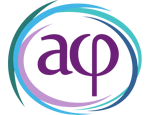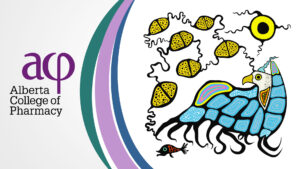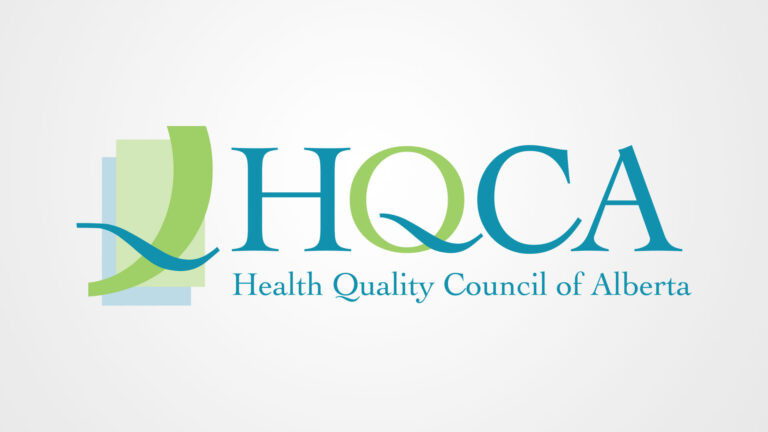

“Pharmacy teams across the province are committed to ensuring patients receive the safest care possible. Creating a safety culture in the pharmacy is about empowering pharmacy teams to prioritize safety for themselves and for patients,” said Jeff Whissell, ACP’s Deputy Registrar.
Over the past year, Jeff and his team have worked closely with patients, pharmacy teams, subject matter experts, and other interested parties to develop a program designed to empower safety culture in pharmacy practice: CQI+.
“The CQI+ program was designed to foster safety culture in every pharmacy,” said Jeff. “Safety culture is already an integral part of pharmacy operations. This program has been established to further support learning, to start important conversations, to reduce blame and shame, and to ensure safety remains at the forefront.”
What is safety culture?
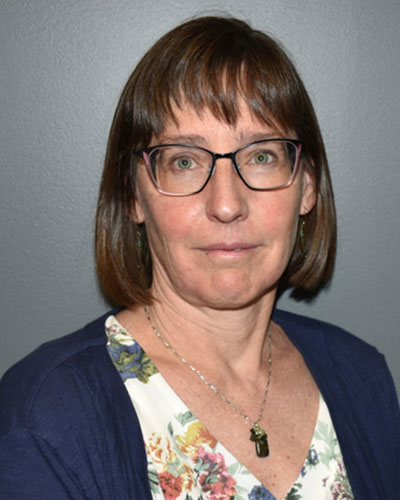
The Health Quality Council of Alberta’s (HQCA) Lead, Health System Improvement, Beth Gorchynski, provided an overview of what safety culture looks like in a healthcare setting.
“Safety culture generally speaks to an organization’s understanding of, and commitment to, safety and their efforts towards continuous improvement in the delivery of safe care,” said Beth. “It is about striving to ensure that every patient receives safe care in every interaction.”
The HQCA team provides a wealth of expertise on healthcare safety—they are a provincial agency that brings together patients, families, and partners from across health care and academia to inspire improvement in patient safety, person-centred care, and health service quality.
Jeff explained that healthcare professionals across sectors benefit from the work of the HQCA.
“The HQCA has worked to establish a common understanding for what safety culture is. Health professionals from across Alberta can benefit from HQCA resources and incorporate these important learnings and tools into their practices to improve safety,” he said.
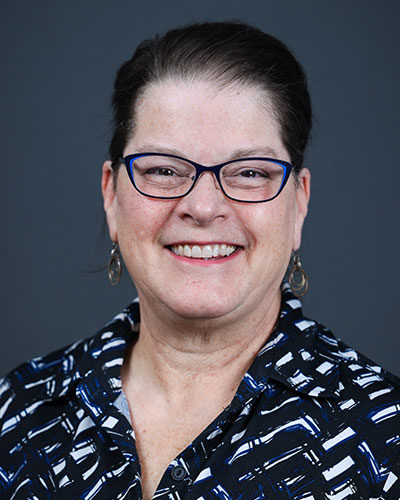
The HQCA’s Senior Director, Health System Improvement, Mollie Cole, explained that their work is centred around building understanding and awareness of safety concepts across all healthcare settings.
“We work to ensure the whole healthcare system develops a common understanding of our seminal concepts: patient safety, quality healthcare services, and person-centred care,” said Mollie. “We’re always striving towards engaging with people to make sure that they understand those concepts and have resources to help apply them within their specific areas.”
The HQCA has identified three building blocks that are necessary to the success of safety culture:
- just culture,
- reporting culture, and
- learning culture.
A just culture enables a reporting and learning culture and, together, these components enable a strong safety culture.
Building the foundation for safety culture
In a just culture, pharmacy team members are treated with respect and feel supported when something goes wrong or nearly goes wrong with patient care. Shared values, beliefs, and attitudes about safety guard against naming, shaming, and blaming people if something goes wrong with care delivery. This is important because individuals will feel less comfortable raising concerns or reporting a practice incident when they fear backlash.
A reporting culture is an organizational climate in which people willingly report practice incidents and close calls. Reporting culture depends on a just culture where people feel safe and supported to raise concerns and are confident that their feedback will be acted upon.
A learning culture is the will of an organization to embrace change when it is needed. To know what is needed, an organization must strive to be informed. For a pharmacy team to have a strong learning culture, they must view the documentation and analysis of practice incidents and close calls as opportunities to learn and improve.
Beth summarized how these three building blocks set the foundation for safety culture.
“Learning is essential for continual improvement. In a learning culture, we learn when things go wrong and make changes. We can’t learn if we don’t know about things, and so that’s where the reporting culture comes in. We need to know about hazards in the system, when things go wrong, or when mistakes occur, so that we can learn from it. And people don’t report if we don’t have a just culture where they can feel safe knowing that when they bring things forward, they will be listened to and they will not be blamed or inappropriately disciplined for coming forward when they’ve made a mistake. When you combine these elements together, we create a safety culture.”
Empowering safety culture
Jeff said that the licensee and proprietors in the pharmacy play an essential role in the successful implementation of CQI+ and in creating a safety culture.
“The success of CQI+ depends on the licensees and the proprietors empowering their teams,” said Jeff. “When safety is valued by leaders and there are policies, procedures, technologies, and systems in place to enable a safety culture, pharmacy teams are empowered to document, analyze, and learn from practice incidents to improve safety.”
Mollie added that an essential component of empowering a safety culture is for leaders to make it safe for pharmacy team members to bring issues forward and discuss incidents or close calls.
“It is up to leaders to create a culture where it is okay to talk about when things don’t go right,” she said. “It’s so important to emphasize learning opportunities over punitive actions. When you feel safe to speak up when a mistake or a close call occurs, we can all learn from it. That kind of transparency helps everybody become safer,” said Mollie
Beth explained that everyone plays a role in creating an environment of trust and respect, which is essential for creating a safety culture.
“I think something we’re starting to talk about more in safety cultures is how we treat each other every day. It’s those respectful interactions and creating an environment where people feel safe to bring something up, to disagree, or to have difficult conversations that foster a safety culture.”
Mistakes happen—what’s next?
When mistakes happen in the pharmacy, an important aspect of a just culture is to acknowledge and apologize for mistakes.
“It is well documented that patients want an apology when something’s gone wrong—an apology makes a big difference in rebuilding trust with patients,” said Beth. “The Alberta Evidence Act clearly states that an apology is not an admission of guilt and it does not imply liability by the person in connection with that matter.”
The HQCA has developed a Guide to the disclosure of harm as a resource to help healthcare professionals navigate this process.
While accountability is important when it comes to addressing practice incidents, it is important to focus on learning and prevention instead of blame and shame.
“You would be hard pressed to find a pharmacy professional who didn’t say safety is important, but we’re all human and we all make mistakes,” said Mollie. “When mistakes happen, it’s important to balance system and individual accountability. While individuals and professionals are accountable for their actions, decisions, and behaviours, we also need to look at the overall systems and structures.”
Jeff said one of the important tenets of the CQI+ program is to focus on learning from incidents instead of blame and shame.
“Talking about practice incidents and close calls can be scary, especially if you were directly involved,” he said. “The CQI+ program emphasizes why it is so important to put aside blaming and shaming and instead to focus on working together to understand how those practice incidents and close calls can be prevented in the future and where system improvements are needed.”
Mollie added that taking a systems-based approach is the most effective way to prevent future mistakes.
“If we fix the system, people are less likely to make the same mistake. If we only focus on the individual, we’re just setting the next person up to take the same actions.”
Resources and tips for creating a safety culture
The development of a safety culture requires the entire pharmacy team.
“Everyone has a role, and it really does take everybody to create and sustain a safety culture,” said Beth.
So how can your team prepare?
The Health Quality Council of Alberta outlines several behaviours associated with a just culture:
- Support and treat healthcare workers with respect, dignity, and compassion when they are involved in situations where a patient was harmed or nearly harmed.
- Avoid blame and quick judgements about the actions of an individual.
- Proactively inform healthcare workers about what it means to be held appropriately accountable for one’s actions. Actions stemming from reckless behaviour may be subject to discipline; intent to harm will result in legal action.
- Hold people appropriately accountable for their actions by assessing their accountability in the context of the situation including contributing system factors.
- Follow a systematic approach to understanding why people took the actions they did in the context of the situation.
- Be aware and take steps to minimize hindsight bias (“If I knew then what I know now”) or outcome bias (the greater the harm, the greater the consequence) when assessing a person’s actions.
- Actively look for system factors that contributed to the situation where a patient was harmed or nearly harmed, and make changes to reduce the risk of the same problem happening again.
ACP has also compiled a list of resources to help pharmacy teams reinforce their safety culture and ensure their practices align with the requirements of the CQI+ program.
As pharmacy teams continue to strengthen their just culture, reporting culture, and learning culture, they will continue to be better prepared to embrace safety culture and enhance the safety and quality of pharmacy care in Alberta.

